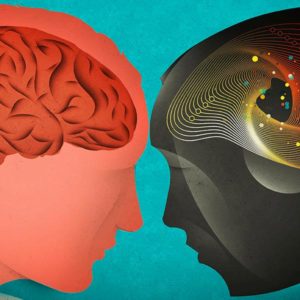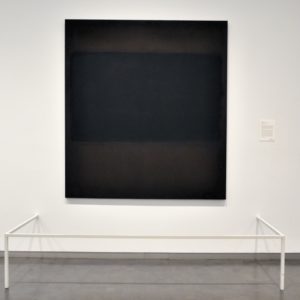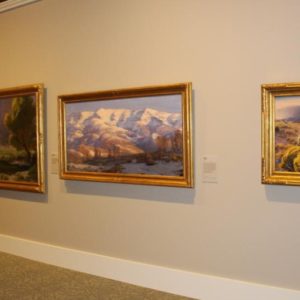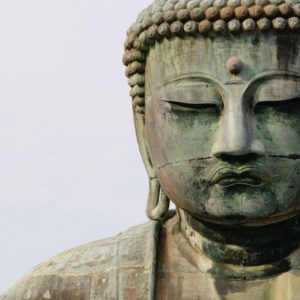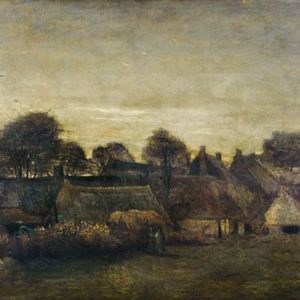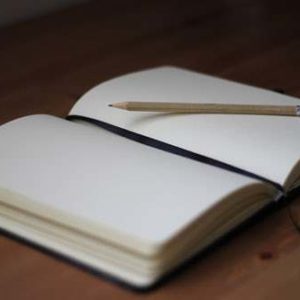Edward Hopper: Exploring the American Realist Painter
Edward Hopper is regarded as the quintessential American realist painter of the twentieth century. His images — nighthawks in a clean, well-lighted cafe; a deserted street on a Sunday morning; a man, a woman alone in spare room, even when they are together — are deeply embedded in the American imagination. How do Hopper’s paintings … Continued

